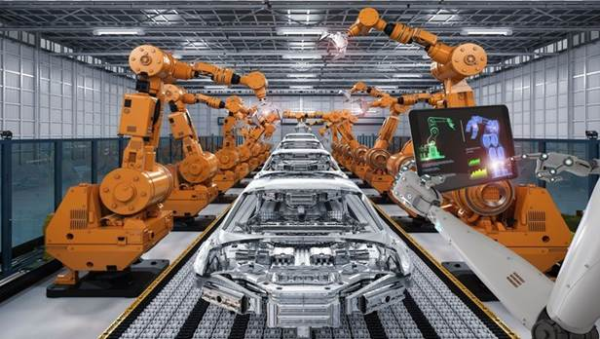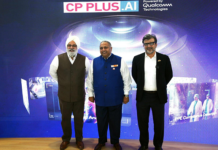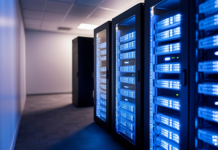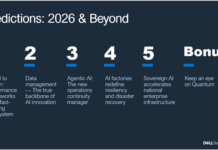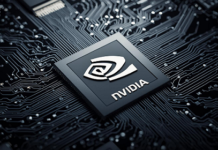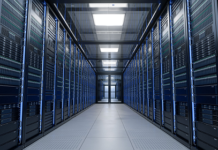Industrial AI
As the fourth industrial revolution, often referred to as Industry 4.0, continues to unfold, the manufacturing sector stands on the brink of a profound transformation. At the heart of this revolution lies Industrial Artificial Intelligence (IAI), a suite of AI technologies tailored to optimize and innovate industrial processes. From predictive maintenance to quality control, IAI promises to enhance efficiency, reduce costs, and drive innovation in ways previously unimaginable. This editorial explores the transformative potential of IAI in modern manufacturing and the challenges that accompany its integration.
The Promise of Industrial AI
The primary allure of IAI is its ability to process vast amounts of data to derive actionable insights. In manufacturing, this translates to significant improvements in various areas:
- Predictive Maintenance: Traditional maintenance schedules are often based on fixed intervals or reactive measures, leading to either over-maintenance or unexpected downtimes. IAI uses machine learning algorithms to analyze data from sensors and machinery, predicting when equipment is likely to fail and allowing for timely maintenance. This predictive approach not only reduces downtime but also extends the lifespan of machinery.
- Quality Control: Ensuring consistent product quality is a major challenge in manufacturing. AI systems can analyze data from production lines in real-time, identifying defects or anomalies with greater accuracy than human inspectors. Machine vision, a subset of AI, can detect minute imperfections, ensuring products meet the highest standards.
- Supply Chain Optimization: The global nature of modern supply chains introduces complexity and unpredictability. IAI can optimize supply chain operations by predicting demand, managing inventory, and identifying potential disruptions. This results in more efficient resource utilization and better responsiveness to market changes.
- Process Optimization: By continuously analyzing production data, AI can suggest modifications to improve efficiency. For instance, it can optimize energy usage, reduce waste, and streamline workflows, leading to cost savings and a smaller environmental footprint.
Real-World Applications
Several industries have already begun to see the benefits of IAI:
- Automotive Manufacturing: Companies like General Motors and BMW are using AI to enhance their production lines. AI-driven robots collaborate with human workers, increasing efficiency and precision. Predictive analytics help in maintaining the vast machinery required for vehicle production, reducing unexpected breakdowns.
- Pharmaceuticals: The pharmaceutical industry relies on IAI for drug discovery, production, and quality assurance. AI models can predict which drug formulations will be most effective, speeding up the development process. In production, AI ensures consistent quality and compliance with stringent regulatory standards.
- Electronics: Firms like Samsung and Intel utilize AI to manage complex manufacturing processes and maintain high quality in their products. AI-driven automation and quality control are crucial in maintaining the delicate balance required in electronics manufacturing.
Challenges and Considerations
Despite its promise, the integration of IAI into manufacturing is not without challenges:
- Data Management: Effective AI systems require vast amounts of high-quality data. Many manufacturing plants still operate with legacy systems that do not produce data in a readily usable form. Upgrading these systems and ensuring seamless data integration is a significant hurdle.
- Skill Gap: The implementation of IAI requires a workforce skilled in both manufacturing processes and AI technologies. Bridging this skill gap necessitates significant investment in training and education.
- Cybersecurity: With increased connectivity and data exchange, the risk of cyber-attacks grows. Ensuring robust cybersecurity measures to protect sensitive data and maintain operational integrity is paramount.
- Cost: The initial investment in AI technologies can be substantial. While the long-term benefits often justify the costs, small and medium-sized enterprises may find it challenging to secure the necessary funding.
The Road Ahead
The future of manufacturing lies in the intelligent integration of AI technologies. As the benefits become increasingly apparent, more industries will adopt IAI, driving further advancements and innovations. Collaboration between technology providers, manufacturers, and policymakers will be crucial in addressing the challenges and ensuring that the transition to AI-driven manufacturing is smooth and beneficial for all stakeholders.
Industrial Artificial Intelligence holds the key to a new era of manufacturing excellence. By harnessing its power, manufacturers can achieve unprecedented levels of efficiency, quality, and innovation, setting the stage for a future where smart factories are the norm rather than the exception. The journey may be complex, but the destination promises a thriving, resilient, and technologically advanced manufacturing landscape.



